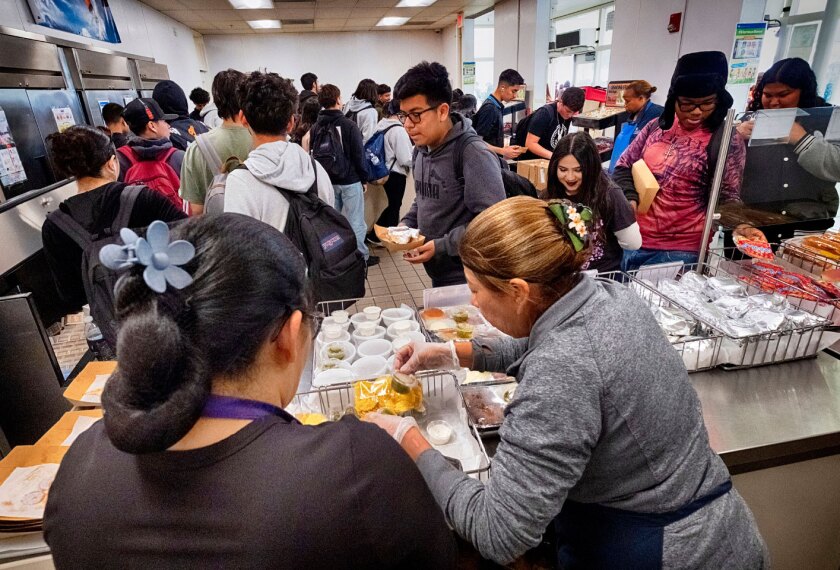A first-of-its-kind federal data collection will provide monthly updates on how many students are attending school in-person and other indicators related to education during the COVID-19 pandemic, the U.S. Department of Education announced Friday.
The survey results will be reported monthly and later analyzed alongside students’ scores on the 2022 National Assessment of Educational Progress to track the academic effects of the pandemic, the agency said.
The data collection, made in response to an executive order from President Joe Biden, will also help track his goal of reopening “a majority of K-8 schools” within the first 100 days of his administration.
Notably, the data will not be pulled from every school in the country, and it is not likely to include many high schools. Rather the survey will collect “high-quality data from a nationally and state-representative sample” of 3,500 schools that enroll 4th-graders and 3,500 schools that enroll 8th-graders, the agency said in a news release.
“President Biden is committed to the safe reopening of schools and to addressing the educational disparities and inequities that the pandemic has exposed and exacerbated,” said a statement from Ian Rosenblum, acting assistant secretary of the 0ffice of elementary and secondary education. “To do that, we need more information about how students are learning during this pandemic — and we simply don’t have it right now.”
Private organizations and and academic researchers who’ve collected data on the pandemic’s effects on schools have identified a lack of an official federal survey on the issue as a key shortcoming. The data can be used to track the effectiveness of local efforts and to target resources to deal with the fallout from the crisis for years to come, they’ve said.
Former U.S. Secretary of Education Betsy DeVos said in October that she didn’t believe it was her agency’s role to collect such data, which some education groups called “a missed opportunity.”
School administrators have stressed that any new data collection shouldn’t be too cumbersome and that the results should have a known purpose, like directing new resources to support students.
The data collection will not be as extensive as some had hoped. A summary of included data points released by the Education Department notably does not include school-linked cases of COVID-19, for example.
Among the data the survey will collect:
- Whether schools are open with full-time in-person instruction, with a hybrid of online and in-person instruction, or fully remote.
- Enrollment by instructional mode by race and ethnicity, socioeconomic status, English-learner status, and disability status.
- Attendance rates by instructional mode by race and ethnicity, socioeconomic status, English-learner status, disability status, and housing status.
- Frequency of in-person learning for students in a given school.
- Average number of hours of synchronous instruction for students in remote instruction.
- Student groups prioritized by schools for in-person instruction. For example, some schools have sought to return the youngest students and those with disabilities for in-person instruction first.
The data will be reported monthly using the existing infrastructure from the NAEP data collection starting this month, the Education Department said, and it plans to report “key findings” to the public.







